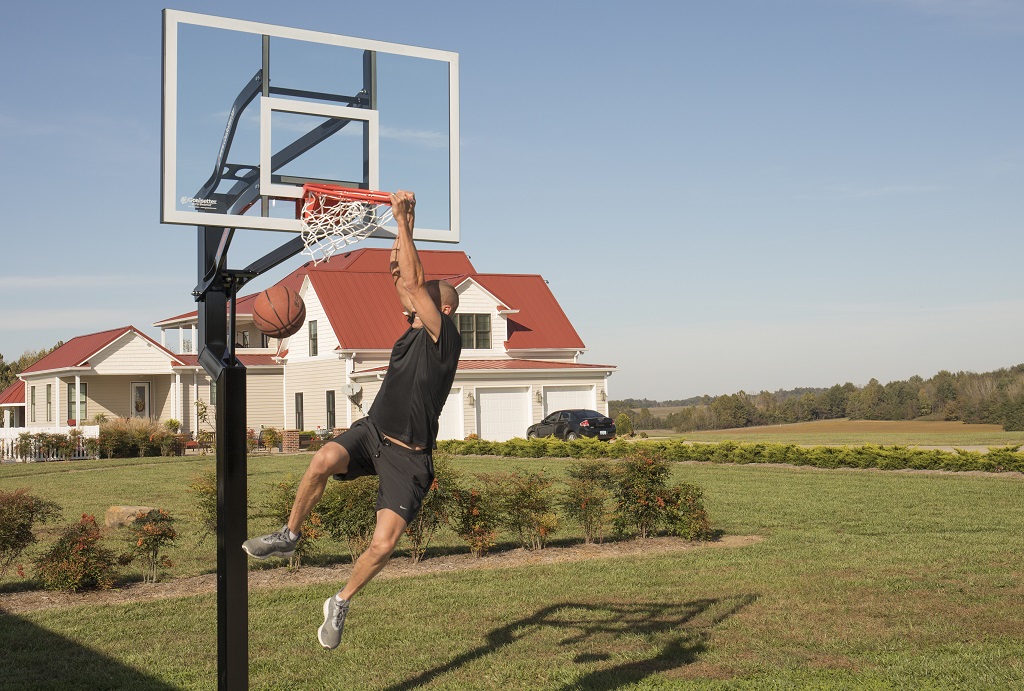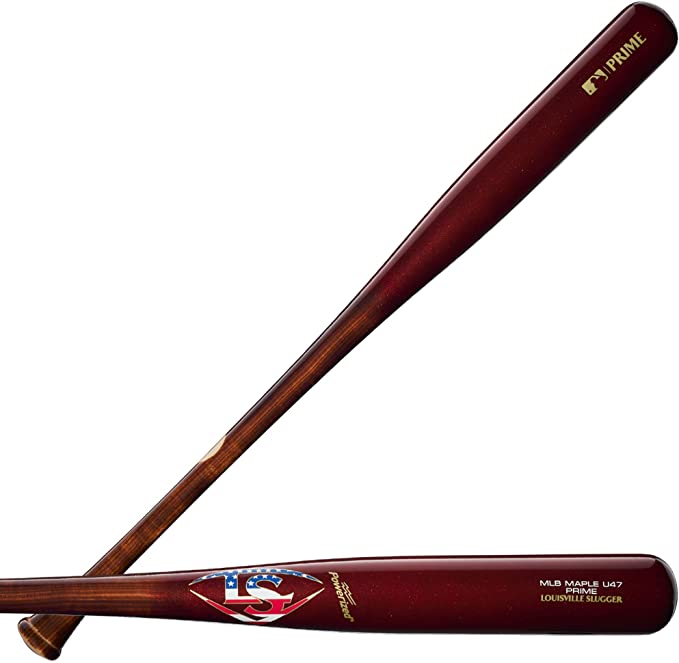Ice Hockey is a contact sport played on ice, in which two teams of skaters use their sticks to shoot a vulcanized rubber puck into their opponent’s net to score points. Players skate on ice using their sticks to move the puck towards the opposing team’s goal. The teams take turns skating, passing, and shooting the puck until one team scores more goals than the other.
Womens hockey has gained in popularity over the years. These days, not everyone is interested in solely mens hockey but also womens hockey. That is why North America, Europe, Asia, Oceania, Africa, and Latin America now all have teams in women’s hockey. The International Ice Hockey Federation invites its affiliates to inspire women and girls to play ice hockey.
We’ll go over some intriguing facts regarding women’s ice hockey. Read more to know the details and information.
Are there different rules for men’s and women’s hockey?
The ice Hockey game is an interesting game with rules for both Men’s and Women’s Ice Hockey. Both have different rules.
In terms of gameplay, there is no difference between men and women. On the same-sized hockey rink, the teams utilize six players at a time while using the same-sized puck. Meanwhile, in North America, women are just pros in the name because they do not receive a wage and must frequently furnish their own equipment.
Women have less physical contact when they play Ice Hockey in comparison to men in any given match. However, it’s “more free-flowing” in women’s hockey, so you need to have a lot more stamina and endurance in order to play the game well. The IIHF has a code of conduct that applies to all hockey players, coaches, and referees. In order to maintain a safe environment for the players, IIHF has rules regarding contact between men and women during a match.
In addition, there is a penalty box in Ice Hockey for the players who indulge in any type of “violent play.” So it’s interesting to know that Women do have a penalty box in Ice Hockey.
What is the difference between men’s and women’s hockey skates?
Women and Men’s Ice Hockey has different requirements for skates. The biggest issue of women’s ice hockey skates has always been finding equipment that goes along with their newfound aggression and speed. Manufacturers have taken this in stride and have worked along with female skaters to make the right selections. A 4mm difference in blade height is not noticeable to the male eye but can significantly affect the female foot and knee injuries – especially on stop and start motion.
The difference in size between men’s and women’s shoes varies between 1.5 and 2 sizes. So, if you wear size nine women’s shoes, you’ll need a men’s size 7.5 or 7.0 senior hockey skate, which is size 6. To put it another way, discover your hockey skate size by going three sizes down from your women’s shoe size.
The fit of women’s skates is generally more narrow and deep than men’s. A lace bite guard on the tongue will also help reduce lace pressure and increase comfort. The ankle area should be smaller with a thinner profile and fit snug enough so that it does not allow any movement inside the boot but is still comfortable enough to allow for ankle movement. A woman’s skate should not be too wide in the front of the boot but still, give room for your toes to curl. Women are more likely to roll their feet when making turns, so an additional shot injected above the forefoot will help offer extra protection if this does occur.
What is the normal time duration of the Women’s Ice hockey games?
There are more girls playing women’s hockey in North America every year than men’s hockey is. The National Women’s Hockey League is presently leading the push, having risen from four to six clubs in a nail-biting battle.
A women’s ice hockey game, including intermissions and play stoppage, can run up to two hours on average. The webcast events can take up to 3 hours, with overtime and opening commentary content.
An Ice Hockey game has each period that lasts 20 minutes, with a 15-minute interlude between the first and second periods. Each period, the team’s switch ends. A five-minute sudden-victory extra period is played if a tie occurs in a medal-round game. The game goes to a shootout if no goal is scored after three five-minute sudden-victory overtime periods.
Each team selects five players to skate in the shootout, and they can choose any skater who has already taken the ice during the game, although members of the first unit for each team always shoot first. If still tied after five shooters for each team, the shootout becomes sudden death.
How Many Players are Allowed in a Women’s Ice Hockey?
An ice Hockey game is a contact sport, and there are mainly two types of contact rules used in both men’s and women’s Ice Hockey: IIHF and NCAA.
The IIHF has a code of conduct that applies to all hockey players, coaches, and referees. In order to maintain a safe environment for the players, IIHF has rules regarding contact between men and women.
In a Women’s Ice Hockey game, each team has six players on the ice at any given moment during regular play, one of whom is the goalkeeper, and each of whom is on ice skates. To score goals, players shot a hard vulcanized rubber disc, called the puck, into the opponent’s goal net, which is located at the other end of the rink.
The main goal of the Women’s Ice Hockey Game is to score more goals than your opponent’s team. The basic objective of a team in any game is to outscore their opponents by putting the puck into the opposing net.
Can a woman play in the NHL?
The ice Hockey game is a physical and intense sport and, as such, is dominated by men. But recently, some female players have broken the gender stereotypes and played in professional male hockey teams or at least tried to do so.
Since Rheaume, no woman has played in an NHL game. During the 2018 Honda NHL All-Star Weekend at Amalie Arena in Tampa, Knight and teammates Amanda Kessel and Meghan Duggan showed off their abilities, with Knight clocking a time in precision shooting that would have put most of the men to shame. It was not a fluke: Knight’s shot is one of the fastest and most lethal in women’s hockey.
The ice Hockey game then is still largely a male-dominated sport despite the fact that women are welcome to participate. There are several reasons for this, but even though they are not insurmountable, there has never been any woman who plays in the NHL.
How many NCAA women’s hockey teams are there?
The National Collegiate Women’s Ice Hockey Championship, often known as the NCAA Women’s Ice Hockey Tournament, is an annual college ice hockey tournament organized by the National Collegiate Athletic Association in the United States to select the best women’s team.
There are a total 8 number of Women’s Ice Hockey teams selected to compete for the national championship. The eight teams are divided into two regions, East and West, with each region consisting of four teams.
The eight teams that compete in the NCAA Women’s Ice Hockey Tournament are divided into two regions, East and West, with each region consisting of four teams. The current format used by the National Collegiate Women’s Ice Hockey Championship to determine regional play consists of a play-in game between the bottom team from either Conference (Eastern or Western) and the lowest remaining seed, with the winner moving on to play the first seed of that Conference in the regional semi-final. The tournament then culminates with two national semi-final games and a national championship game.
Can Women win the Stanley cup in an Ice Hockey game?
Ice Hockey, being a sport for men, has always been an arena where men are supposed to reign supreme. However, you wouldn’t know about the sport because many of the players are actually women, and they play for various teams. There is no doubt that it is one of the better sports out there in terms of raw physicality and power, but this does not render it unwatchable or safe for women.
Since it was founded, many female ice hockey teams have played in this sport, but they were never taken very seriously because of the lack of belief that women could compete with men on equal footing.
The Clarkson cup, which is a counterpart of the Stanley Cup for women’s hockey, is its own version. Its history may not be as long as the Stanley Cup, but it was named for a Canadian governor-general and is the premier award in its category.
The latter is also the name of a trophy given out by the International Ice Hockey Federation (IIHF). From then on, women’s ice hockey has become more and more popular. In its history, it has been represented by several different nations from around the world at both the Olympics and IIHF championships for ice hockey.
It has been a long journey to equal footing for female ice hockey players, but today they have grown the support of their nation and have become an integral part of the sport as a whole.
What is the rule in a Women’s Ice Hockey game?
Each game is divided into three periods of 20 minutes each. There will be an intermission after the second period, and the team’s switch ends for the third period. If a game is tied at the end of regulation time, play will proceed to sudden death over time, where the first team to score wins.
If no winner has been determined after the overtime period, a shootout is used to determine the result of the game. Teams take turns in attempting to score in the opponent’s net. The basic rules of Ice Hockey that is according to the NCAA are:
- Legal teams are five skaters and a goalie. Players may play on only one team. If teams compete with “borrowed” players, the game is recorded as a forfeit for the short-handed team.
- All Leagues: Games are 30-minute straight play. The clock will start at game time.
- No overtime during the regular season; tie games will be recorded as such.
- No slap shots (shots taken from above the waist) at all – not during warm-ups or games.
- Offside & icing is called in the Granite League only. No offside in Green, Moosilauke, or Women’s Leagues.
- No checking of any kind – Checking is any intentional body contact that causes a clear change in skating direction or impedes the progress of a player with or without possession of the puck. This includes but is not limited to any intentional body contact that causes a player to lose possession of the puck or any contact with players away from the puck that hinders their normal movement.






